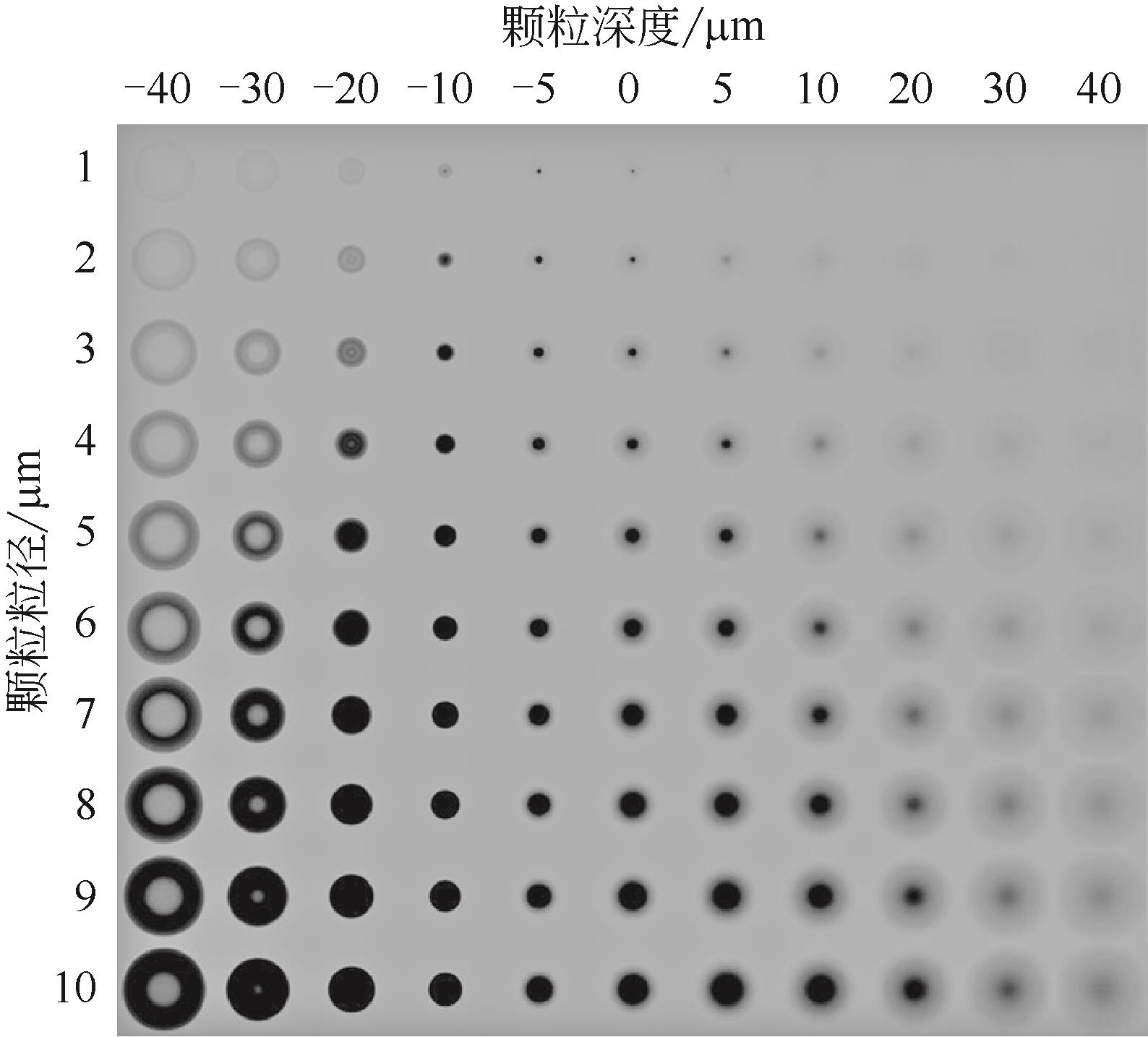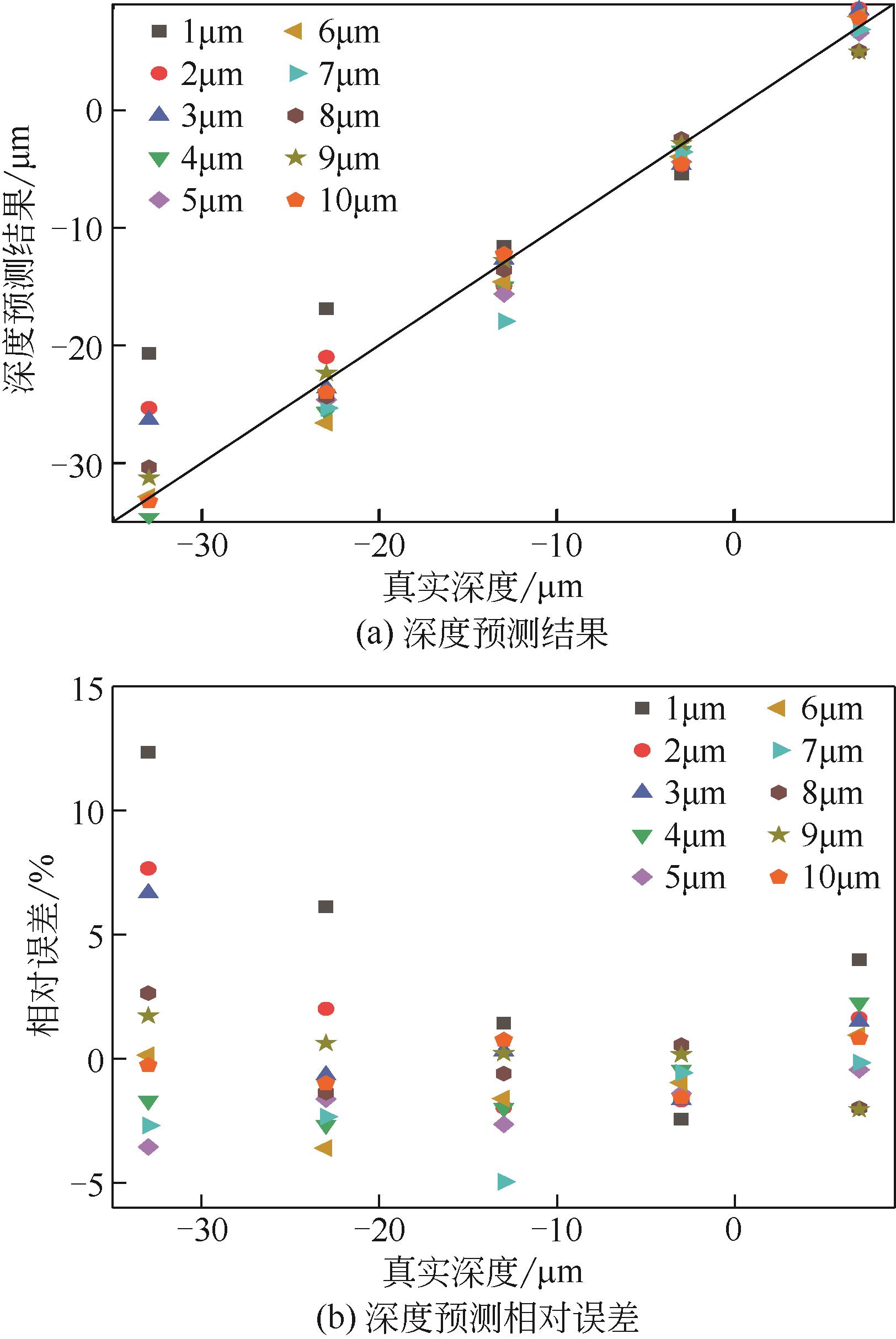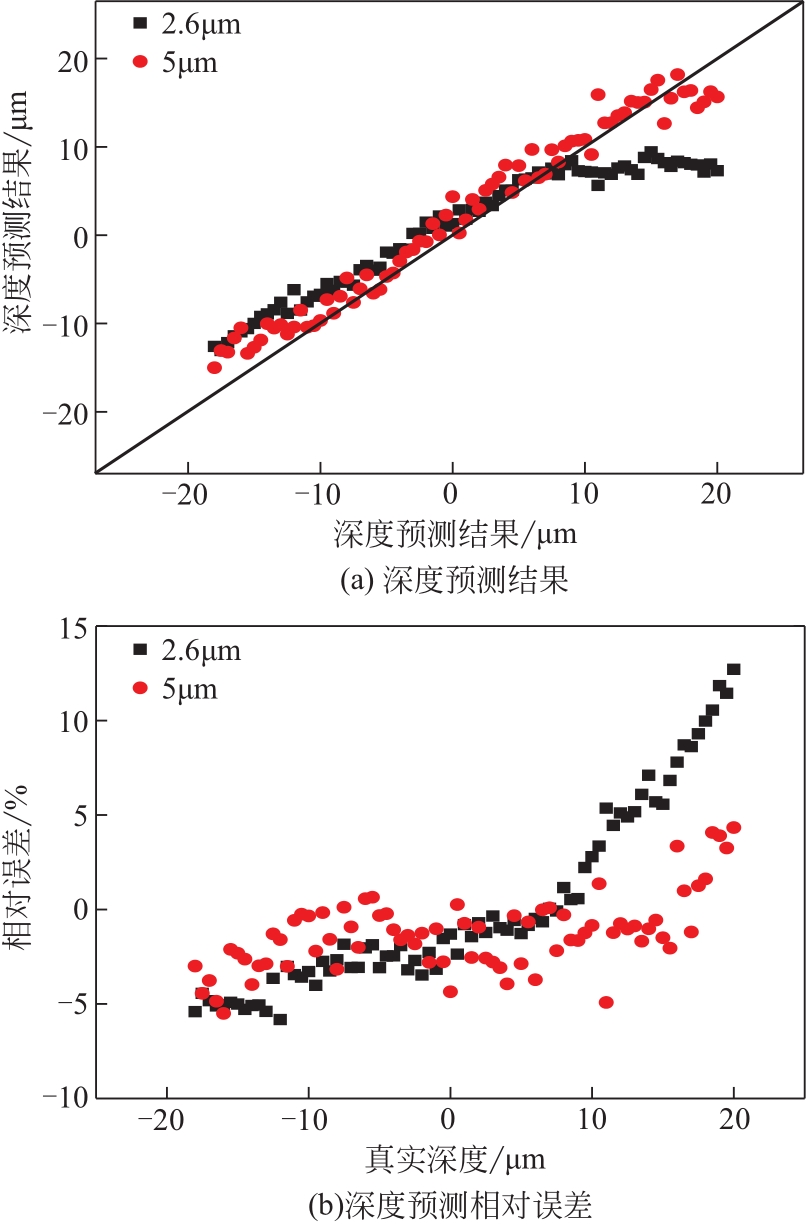| 1 |
高聪, 郭亮, 胡贵鹏, 等. 微生物细胞工厂碳流调控进展[J/OL]. 化工进展. [2021-06-29]. .
|
|
GAO C, GUO L, HU G P, et al. Advances of metabolic flux regulation in microbial cell factories[J/OL]. Chemical Industry and Engineering Progress. [2021-06-29]. .
|
| 2 |
张红, 余肇誉, 苏远海. 微反应器耦合离子液体强化萃取过程的研究进展[J]. 化工进展, 2020, 39(12): 4908-4918.
|
|
ZHANG H, YU Z Y, SU Y H. Research progress of extraction enhancement with the use of microreactors coupled with ionic liquids[J]. Chemical Industry and Engineering Progress, 2020, 39(12): 4908-4918.
|
| 3 |
李光晓, 刘塞尔, 苏远海. 微尺度内液-液传质及反应过程强化的研究进展[J]. 化工学报, 2021, 72(1): 452-467.
|
|
LI G X, LIU S E, SU Y H. Research progress on micro-scale internal liquid-liquid mass transfer and reaction process enhancement [J]. CIESC Journal, 2021, 72(1): 452-467.
|
| 4 |
JENSEN K F. Flow chemistry—Microreaction technology comes of age[J]. AIChE Journal, 2017, 63(3): 858-869.
|
| 5 |
SANTIAGO J G. A micro particle image velocimetry system[J]. Experiments in Fluids, 1998, 25: 316-319.
|
| 6 |
刘诗婷, 金伟其, 李力, 等. 基于双目变焦超分辨率成像的测距方法[J]. 光学学报, 2020, 40(14): 98-106.
|
|
LIU S T, JIN W Q, LI L, et al. Ranging method based on binocular zoom super-resolution imaging[J]. Acta Optica Sinica, 2020, 40(14): 98-106.
|
| 7 |
阳静, 吴学成, 吴迎春, 等.数字显微全息重建图像的景深扩展研究[J]. 物理学报, 2015, 64(11): 184-191.
|
|
YANG J, WU X C, WU Y C, et al. Study on extending the depth of held in reconstructed image for a micro digital hologram[J]. Acta Physica Sinica, 2015, 64(11): 184-191.
|
| 8 |
宋祥磊, 李舒, 顾梦涛, 等. 光场显微成像微尺度流场三维重建方法研究[J]. 光学学报, 2019, 39(10): 168-177.
|
|
SONG X L, LI S, GU M T, et al. Three-dimensional reconstruction of micro-scale flow field based on light field microscopic imaging[J]. Acta Optica Sinica, 2019, 39(10): 168-177.
|
| 9 |
SHI S X, DING J F, NEW T H, et al. Volumetric calibration enhancements for single-camera light-field PIV[J]. Experiments in Fluids, 2019, 60(1): 21-37.
|
| 10 |
刘慧芳, 周骛, 蔡小舒, 等. 基于光场成像的三维粒子追踪测速技术[J]. 光学学报, 2020, 40(1): 219-229.
|
|
LIU H F, ZHOU W, CAI X S, et al. Three-dimensional particle tracking velocimetry based on light field imaging[J]. Acta Optica Sinica, 2020, 40(1): 219-229.
|
| 11 |
PENTLAND P A. A new sense for depth of field[J]. IEEE Transactions on Pattern Analysis and Machine Intelligence, 1987, 9(4): 523-531.
|
| 12 |
ZHOU W, TROPEA C, CHEN B T, et al. Spray drop measurements using depth from defocus[J]. Measurement Science and Technology, 2020, 31(7): 1-11.
|
| 13 |
ZHOU W, LUO X, CHEN B T, et al. Estimation of particle depth from two defocused images using the Fourier transform[J]. Particuology, 2020, 49(C): 48-54.
|
| 14 |
BARNKOB R, ROSSI M. General defocusing particle tracking: fundamentals and uncertainty assessment[J]. Experiments in Fluids: Experimental Methods and their Applications to Fluid Flow, 2020, 61(13): 110-124.
|
| 15 |
NEWBY J M, SCHAEFER A M, LEE P T, et al. Convolutional neural networks automate detection for tracking of submicron-scale particles in 2D and 3D[J]. Proceedings of the National Academy of Sciences of the United States of America, 2018, 115(36): 9026-9031.
|
| 16 |
李晓彤, 岑兆丰. 几何光学·相差·光学设计[M]. 3版. 杭州: 浙江大学出版社, 2014: 14.
|
|
LI X T, CEN Z F. Geometrical optics, aberrations and optical design[M]. 3rd ed. Hangzhou: Zhejiang University Press, 2014: 14.
|
| 17 |
AGGARWAL C C. Neural networks and deep learning[M]. Cham: Springer, 2018: 315-332.
|
| 18 |
孔镇, 董育宁. 一种基于深度学习的网络流量细粒度分类方法[J]. 南京邮电大学学报(自然科学版), 2021, 41(3): 100-108.
|
|
KONG Z, DONG Y N. Deep learning-based method for fine-grained classification of network traffic[J]. Journal of Nanjing University of Posts and Telecommunications (Natural Science), 2021, 41(3): 100-108.
|
| 19 |
陈彩虹, 王诚. 基于CNN深度算法改进及故障预测研究[J]. 计算机技术与发展, 2020, 30(10): 137-142.
|
|
CHEN C H, WANG C. Research on Improvement of CNN depth algorithm and failure prediction[J]. Computer Technology and Development, 2020, 30(10): 137-142.
|
| 20 |
SZEGEDY C, VANHOUCKE V, IOFFE S, et al. Rethinking the inception architecture for computer vision[C]// 2016 IEEE Conference on Computer Vision and Pattern Recognition (CVPR). IEEE, 2016: 2818-2826.
|
| 21 |
ROSSI M. Synthetic image generator for defocusing and astigmatic PIV/PTV[J]. Measurement Science and Technology, 2020, 31(1): 017003.
|
 ), ZHOU Wu1,2(
), ZHOU Wu1,2( ), ZHANG Xiangyun1,2
), ZHANG Xiangyun1,2






